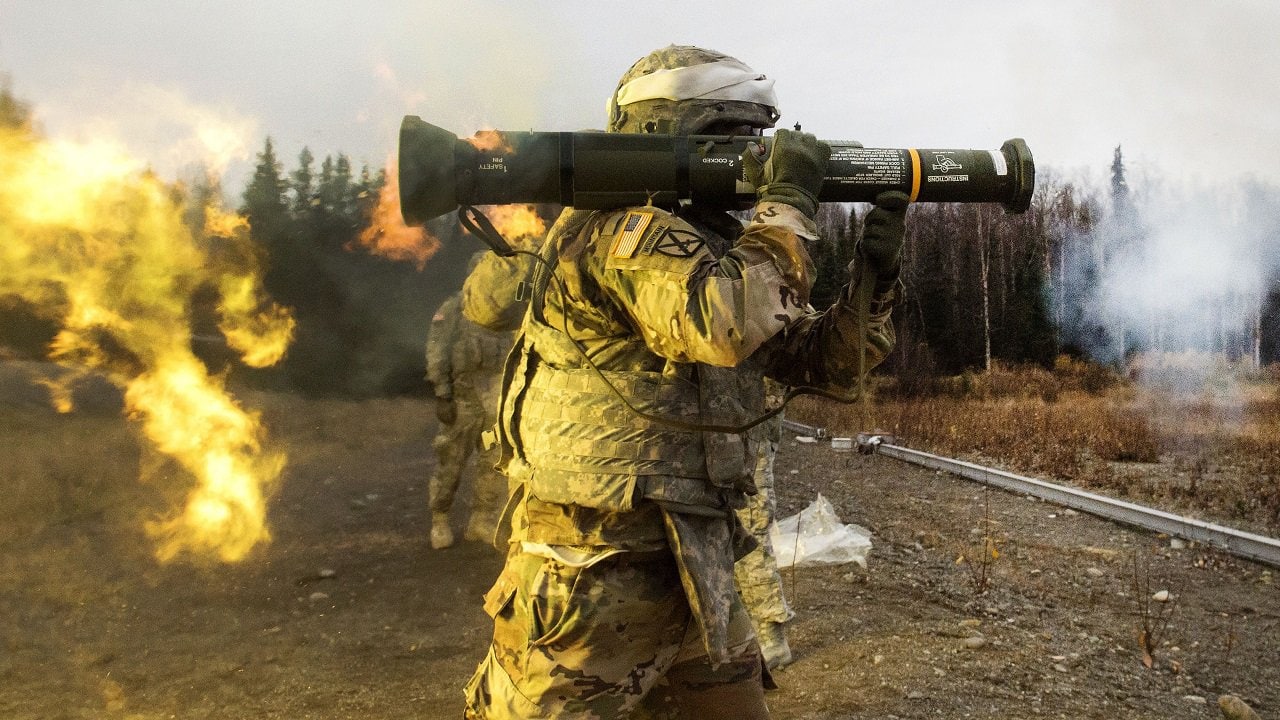Ukraine War Update: The war in Ukraine is in its sixth month, and the Russian war machine continues to struggle to achieve its main objectives. On day 166 of the Russian invasion, the Russian forces are pushing in the Donbas, while the Ukrainian forces are attacking in the south in the direction of Kherson.
Russian Anti-Personnel Mines in Ukraine
In its daily estimate of the war, the British Ministry of Defense focused on the widespread use of anti-personnel mines by the Russian military in the Donbas.
“Russia is highly likely deploying anti-personnel mines to protect and deter freedom of movement along its defensive lines in the Donbas. These mines have the potential to inflict widespread casualties amongst both the military and the local civilian population,” the British Military Intelligence assessed.
Russian troops have been seen committing, trialed, and convicted of war crimes, so it should come as no surprise that the Russian military would be employing anti-personnel mines in a way that would endanger innocent civilians.
“In Donetsk and Kramatorsk, Russia has highly likely attempted employment of PFM-1 and PFM-1S scatterable anti-personnel mines. Commonly called the ‘butterfly mine’, the PFM-1 series are deeply controversial, indiscriminate weapons. PFM-1s were used to devastating effect in the Soviet-Afghan War where they allegedly maimed high numbers of children who mistook them for toys,” the British Ministry of Defense added.
“It is highly likely that the Soviet-era stock being used by Russia will have degraded over time and are now highly unreliable and unpredictable. This poses a threat to both the local population and humanitarian mine clearance operations,” the British Military Intelligence assessed.
Russian Casualties in Ukraine
Probably the biggest problem for the Russian military is the unsustainable rate of casualties it is suffering. The Russian forces simply can’t replace the infantry that they are losing on the frontlines, and that has a direct effect on the ability of the Russian military to conduct large-scale, offensive operations.
The Ukrainian Ministry of Defense claimed that as of Monday, Ukrainian forces have killed approximately 42,340 Russian troops (and wounded approximately thrice that number), destroyed 223 fighter, attack, and transport jets, 192 attack and transport helicopters, 1,811 tanks, 960 artillery pieces, 4,070 armored personnel carriers and infantry fighting vehicles, 261 Multiple Launch Rocket Systems (MLRS), 15 boats and cutters, 2,993 vehicles and fuel tanks, 132 anti-aircraft batteries, 754 tactical unmanned aerial systems, 86 special equipment platforms, such as bridging vehicles, and four mobile Iskander ballistic missile systems, and 182 cruise missiles shot down by the Ukrainian air defenses.
A New Phase in the War
The Ukrainian counteroffensive in the direction of Kherson and Zaporizhzhia, in southern Ukraine, has introduced a new phase into the war. Kyiv now has the strategic initiative, and Moscow is responding.
The Russian military has been moving increasingly more troops to Kherson and Zaporizhzhia in anticipation of the large-scale offensive part of the Ukrainian counteroffensive.
“Russian forces are almost certainly massing in the south in anticipation of Ukraine’s counter-offensive or in preparation for a possible assault,” the British Military Intelligence stated over the weekend.
“Long convoys of Russian military trucks, tanks, towed artillery, and other weapons continue to move away from Ukraine’s Donbas region and are headed southwest. Equipment was also reported to be moving from Russian-occupied Melitopol, Berdiansk, Mariupol and from mainland Russia via the Kerch Bridge into Crimea,” the British Ministry of Defense added.
The Russian military is moving Battalion tactical groups (BTG) of approximately 800 to 1,000 troops to Crimea to be used as mobile reinforcements to the Russian frontline troops on the southern front. The fact that these units are BTGs suggests that they are new units as the Russian military has been using ad-hoc platoon- and company-size formations in the Donbas for some time now.
“On 02 August 2022, a new BTG had been deployed to Crimea and BTGs are also being re-deployed from Eastern Grouping of Forces. These will highly likely be sent into the Kherson region in the coming days,” the British Ministry of Defense added.
Meanwhile, on their part, the Ukrainian forces are targeting infrastructure that could be useful to the Russian military.
“Russia’s war on Ukraine is about to enter a new phase, with the heaviest fighting shifting to a roughly 350km front line stretching southwest from near Zaporizhzhya to Kherson, paralleling the Dnieper River,” the British Military Intelligence assessed.
1945’s New Defense and National Security Columnist, Stavros Atlamazoglou is a seasoned defense journalist specializing in special operations, a Hellenic Army veteran (national service with the 575th Marine Battalion and Army HQ), and a Johns Hopkins University graduate. His work has been featured in Business Insider, Sandboxx, and SOFREP.

